In recent years, the landscape of home security has undergone a significant transformation, largely driven by advancements in artificial intelligence (AI). Traditional security systems, which relied heavily on manual monitoring and basic motion detection, are now being enhanced with sophisticated AI technologies that offer unprecedented levels of efficiency and effectiveness.
This evolution in surveillance technology is reshaping how we think about safety and security in our living spaces. The integration of AI into home surveillance systems has made it possible to create smart cameras that can distinguish between different types of movement, recognize familiar faces, and even learn from their environment. This means that homeowners can receive tailored alerts based on specific activities, such as the arrival of a family member or the presence of an unknown individual.
As a result, AI-based home surveillance is not just about monitoring; it’s about creating a responsive security ecosystem that adapts to the unique needs of each household.
Key Takeaways
- AI-based home surveillance uses advanced technology to monitor and protect residential areas.
- AI systems analyze surveillance footage by using algorithms to detect and track objects, people, and activities.
- Real-time monitoring of residential areas using AI allows for immediate detection and response to potential security threats.
- AI-driven burglary detection uses pattern recognition and anomaly detection to identify suspicious behavior.
- Automatic alerting in case of suspicious activity ensures that homeowners are promptly notified of potential security risks.
How AI systems analyze surveillance footage
At the heart of AI-based home surveillance lies the ability to analyze vast amounts of video data quickly and accurately. Traditional systems often rely on human operators to sift through hours of footage, a process that is not only time-consuming but also prone to error. In contrast, AI systems utilize advanced algorithms and machine learning techniques to process video feeds in real-time.
These systems can identify patterns, detect anomalies, and even predict potential security threats based on historical data. One of the key technologies employed in this analysis is computer vision, which enables AI systems to interpret visual information from the environment. By training on large datasets, these systems can learn to recognize objects, people, and behaviors that are typical or atypical within a given context.
For instance, an AI-powered camera might be trained to recognize the difference between a pet playing in the yard and an unfamiliar person loitering near the front door. This level of discernment allows for more accurate alerts and reduces the likelihood of false alarms, which can be a significant drawback of traditional surveillance systems.
Real-time monitoring of residential areas using AI
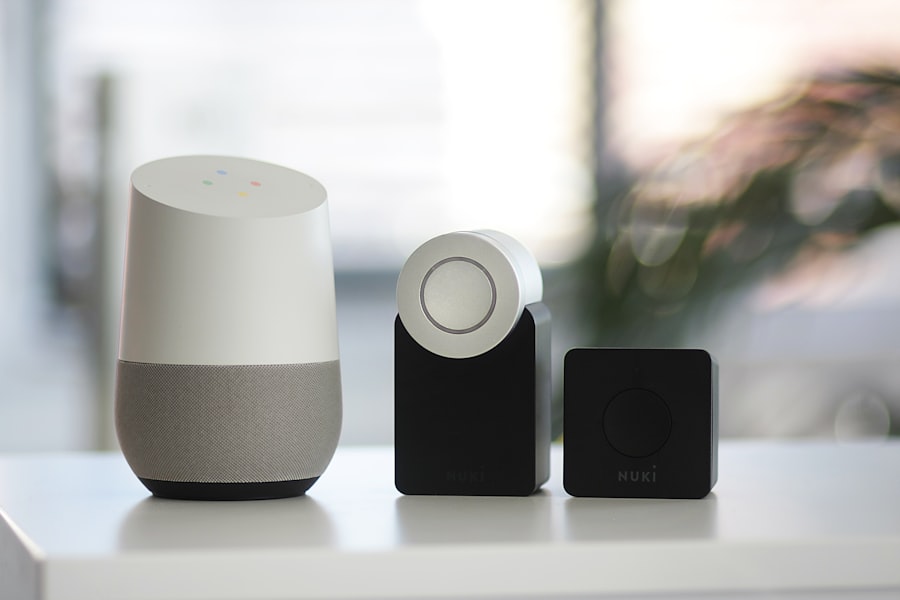
The capability for real-time monitoring is one of the standout features of AI-based home surveillance systems. Unlike conventional cameras that simply record footage for later review, AI-enhanced systems provide live feeds that are continuously analyzed for unusual activity. This means that homeowners can receive immediate notifications if something out of the ordinary occurs, allowing them to respond swiftly to potential threats.
Moreover, many AI surveillance solutions are now integrated with mobile applications, enabling users to monitor their homes from anywhere in the world. Whether at work or on vacation, homeowners can access live video feeds and receive alerts directly on their smartphones. This level of connectivity not only enhances security but also provides a sense of control and reassurance.
The ability to check in on one’s property at any time fosters a proactive approach to home security, empowering individuals to take action before a situation escalates.
AI-driven burglary detection
One of the most compelling applications of AI in home surveillance is its ability to detect potential burglaries before they occur. By analyzing patterns of movement and behavior around a property, AI systems can identify suspicious activities that may indicate an impending break-in. For example, if an individual is seen repeatedly approaching a home without entering or if they exhibit behaviors consistent with casing a property, the system can flag this as a potential threat.
Additionally, AI-driven burglary detection systems often incorporate geofencing technology, which allows them to monitor specific areas around a home for unusual activity. If someone enters a designated perimeter during odd hours or behaves in a way that deviates from normal patterns, the system can trigger alerts for homeowners or even local authorities. This proactive approach not only helps prevent burglaries but also contributes to overall neighborhood safety by fostering community awareness.
Automatic alerting in case of suspicious activity
The automatic alerting capabilities of AI-based home surveillance systems represent a significant leap forward in security technology. When an AI system detects suspicious activity—such as unauthorized entry or unusual movement patterns—it can instantly notify homeowners through various channels, including push notifications on smartphones, emails, or even text messages. This immediate communication ensures that individuals are always aware of what is happening around their property.
Furthermore, some advanced systems are equipped with two-way audio features that allow homeowners to communicate directly with individuals on their property through their surveillance cameras. This capability can serve as a deterrent for potential intruders who may be caught off guard by an unexpected voice. In addition to enhancing security measures, these automatic alerting systems provide homeowners with the tools they need to take swift action when necessary, whether that means contacting law enforcement or simply checking in on their property.
Benefits of AI-based home surveillance
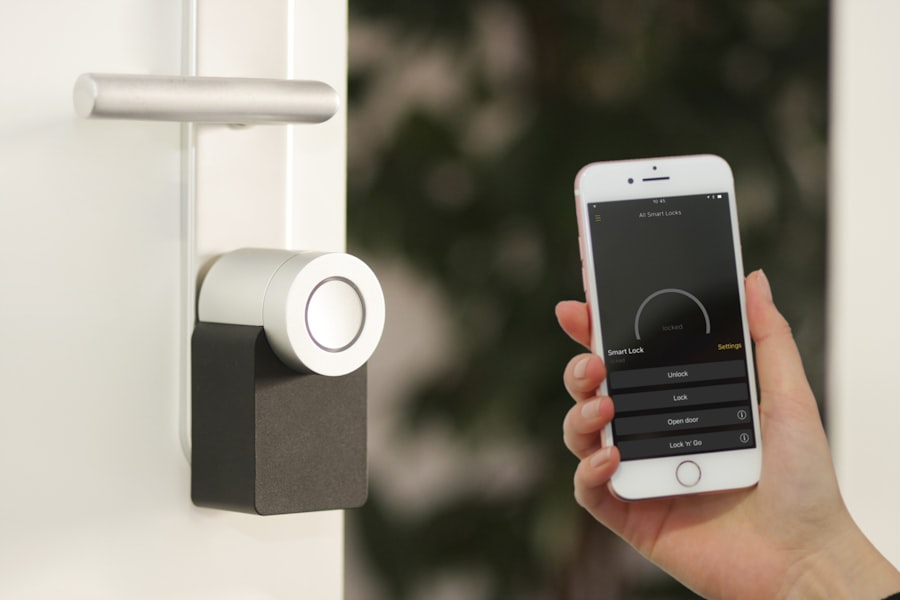
The benefits of adopting AI-based home surveillance systems extend far beyond mere convenience; they encompass enhanced security, improved efficiency, and greater peace of mind for homeowners. One of the most significant advantages is the reduction in false alarms. Traditional security systems often trigger alerts based on basic motion detection, leading to numerous false alarms caused by pets or environmental factors.
In contrast, AI systems are designed to differentiate between normal and suspicious activity, resulting in more accurate alerts and less frustration for homeowners. Additionally, AI-powered surveillance systems can provide valuable insights into daily routines and behaviors within a household. By analyzing patterns over time, these systems can help homeowners understand when their property is most vulnerable and adjust their security measures accordingly.
For instance, if a system detects that doors are frequently left unlocked during certain hours, it can remind homeowners to secure their property before leaving for work or running errands.
Privacy concerns and ethical considerations
While the advantages of AI-based home surveillance are compelling, they also raise important privacy concerns and ethical considerations. The ability of these systems to continuously monitor and analyze video footage can lead to feelings of being watched or surveilled within one’s own home or neighborhood. This raises questions about consent and the extent to which individuals should be monitored without their knowledge or approval.
Moreover, there is the potential for misuse of data collected by these surveillance systems. If not properly secured, sensitive information could be accessed by unauthorized individuals or used for purposes beyond home security. As such, it is crucial for manufacturers and users alike to prioritize data protection and establish clear guidelines regarding how footage is stored, accessed, and shared.
Striking a balance between enhanced security and individual privacy rights will be essential as AI technology continues to evolve.
Future developments in AI-powered home security
Looking ahead, the future of AI-powered home security appears promising as technology continues to advance at an unprecedented pace. One area ripe for development is the integration of AI with other smart home devices. As homes become increasingly interconnected through the Internet of Things (IoT), there is potential for surveillance systems to work seamlessly with smart locks, lighting systems, and alarm systems to create a comprehensive security network that responds intelligently to various scenarios.
Additionally, advancements in facial recognition technology could further enhance the capabilities of AI-based surveillance systems. By accurately identifying familiar faces and distinguishing them from strangers, these systems could provide even more personalized alerts and responses. However, this development must be approached with caution due to ongoing debates surrounding privacy rights and ethical implications.
In conclusion, AI-based home surveillance represents a significant leap forward in residential security technology. With its ability to analyze footage in real-time, detect potential threats proactively, and provide immediate alerts, it offers homeowners an unprecedented level of control over their safety. While challenges related to privacy and ethics remain at the forefront of discussions surrounding this technology, its benefits are undeniable.
As we look toward the future, continued innovation in this field promises to enhance our understanding of security while ensuring that our homes remain safe havens for all who reside within them.
In der Diskussion über KI-basierte Hausüberwachungssysteme, die Überwachungskameras analysieren und ungewöhnliche Aktivitäten erkennen, ist es auch interessant, die Rolle der KI in virtuellen Umgebungen zu betrachten. Ein relevanter Artikel, der sich mit der Integration von KI in virtuelle Welten befasst, ist auf der Website Metaversum verfügbar. Der Artikel “Community and Culture in the Metaverse: Social Dynamics in the Metaverse” untersucht, wie KI-Technologien dazu beitragen können, soziale Interaktionen und Sicherheitsmaßnahmen in virtuellen Räumen zu gestalten. Dies kann Parallelen zu physischen Überwachungssystemen aufzeigen und bietet Einblicke in die Übertragbarkeit von KI-Anwendungen zwischen realen und virtuellen Umgebungen. Für weitere Informationen, besuchen Sie den Artikel hier.
FAQs
What is KI-basierte Hausüberwachung?
KI-basierte Hausüberwachung refers to the use of artificial intelligence (KI) systems to analyze surveillance camera footage and detect unusual activities or break-ins in a home or residential area. This technology allows for real-time monitoring and automated alerting in the event of a security threat.
How do KI-based surveillance systems work?
KI-based surveillance systems use advanced algorithms to analyze video feeds from surveillance cameras. These algorithms are trained to recognize patterns and anomalies that may indicate a security threat, such as unauthorized entry or suspicious behavior. When the system detects such activity, it can automatically trigger alerts or notifications to the homeowner or security personnel.
What are the potential applications of KI-based home surveillance?
Some potential applications of KI-based home surveillance include real-time monitoring of residential areas, KI-driven intrusion detection, and automatic alerting in the event of a security breach. These systems can provide homeowners with peace of mind and enhanced security for their properties.
What are the benefits of KI-based home surveillance systems?
The benefits of KI-based home surveillance systems include improved security, real-time monitoring, and automated alerting. These systems can help homeowners proactively respond to security threats and potentially prevent break-ins or other criminal activities. Additionally, KI-based surveillance can provide valuable evidence in the event of a security incident.
Are there any privacy concerns associated with KI-based home surveillance?
While KI-based home surveillance systems can enhance security, there are potential privacy concerns to consider. It’s important for homeowners to be mindful of the potential for surveillance footage to capture sensitive or private information. Implementing clear privacy policies and safeguards can help mitigate these concerns.
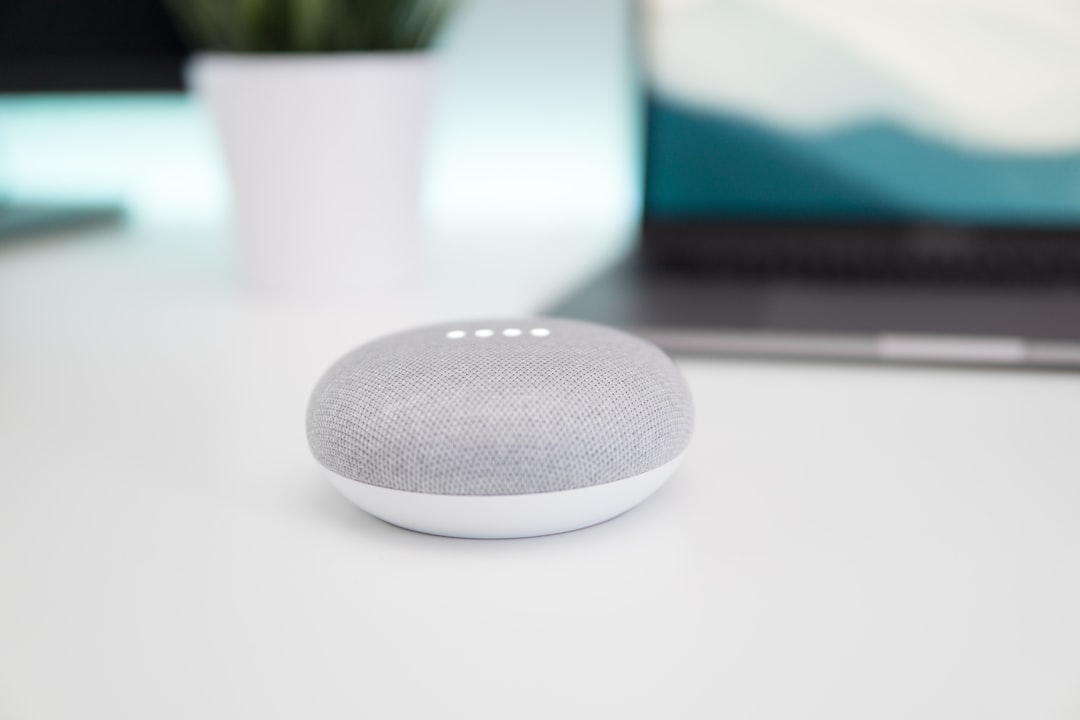



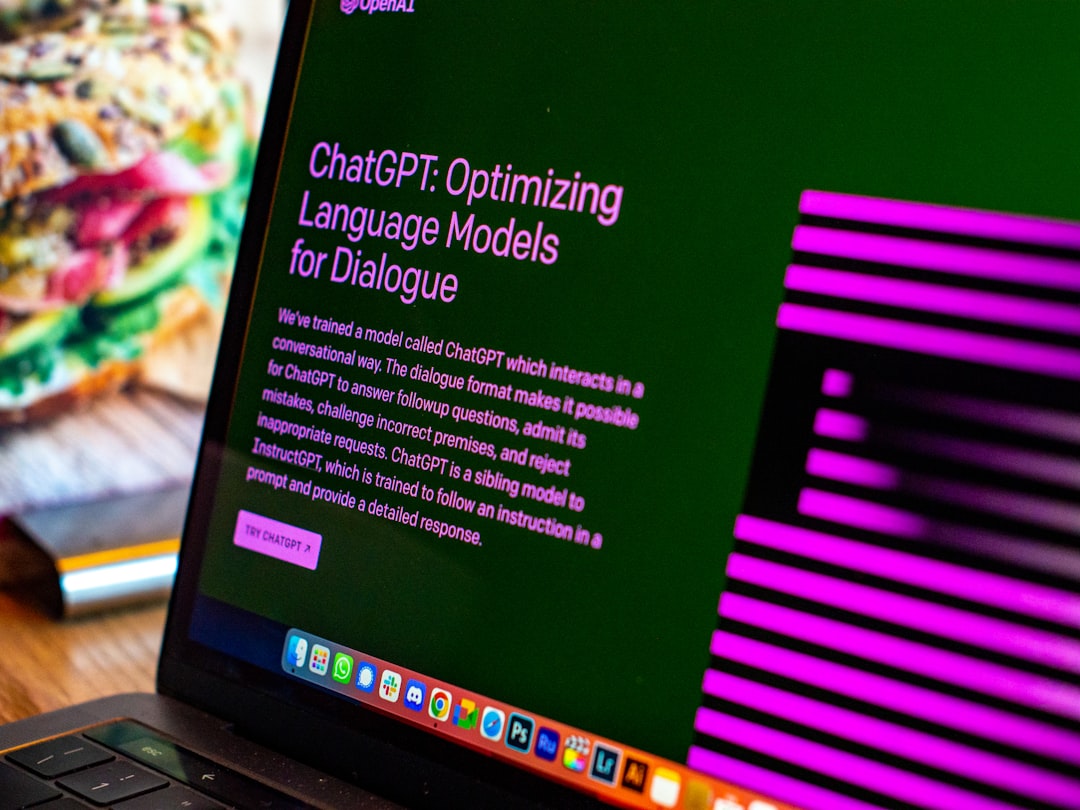




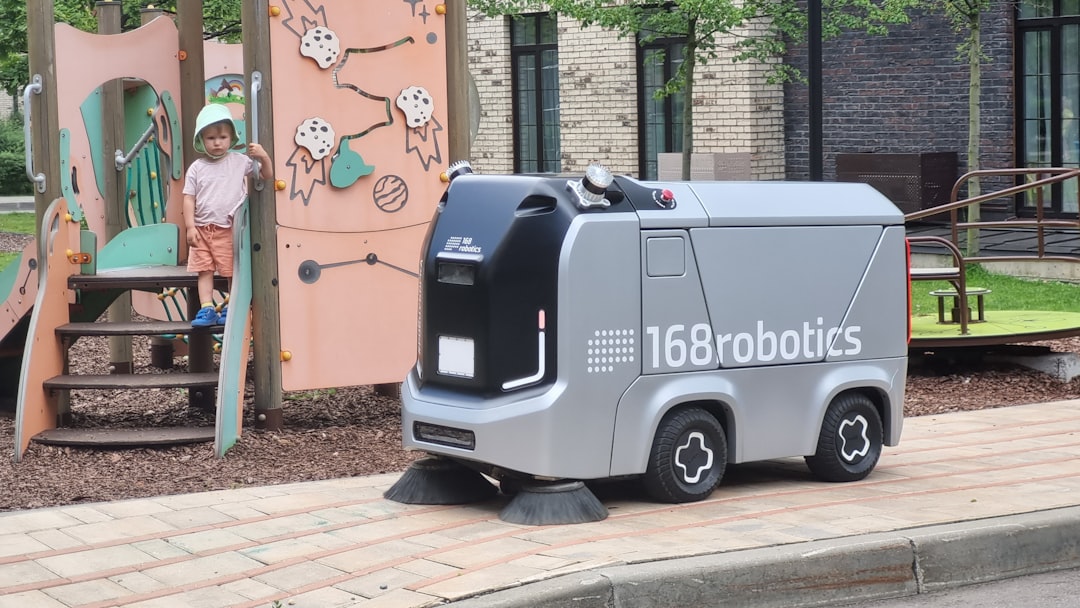

Leave a Reply